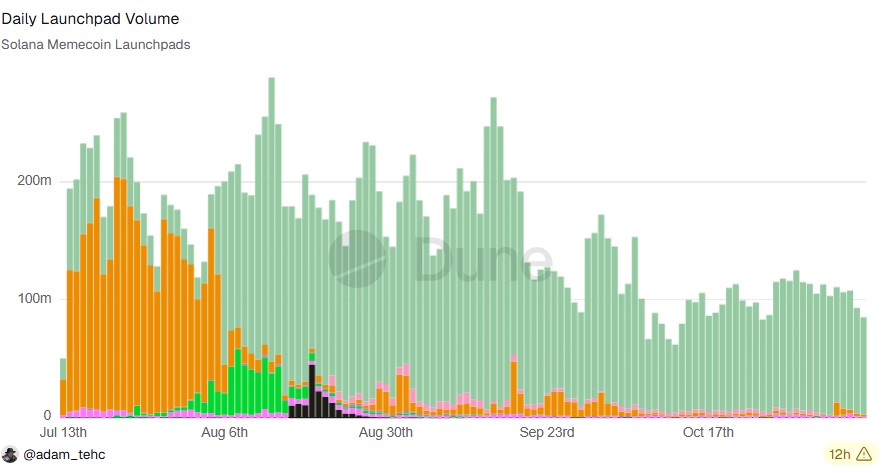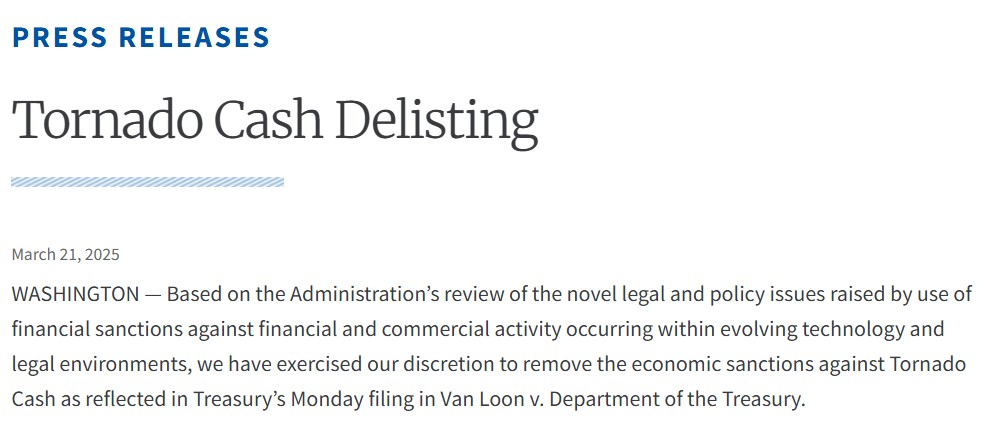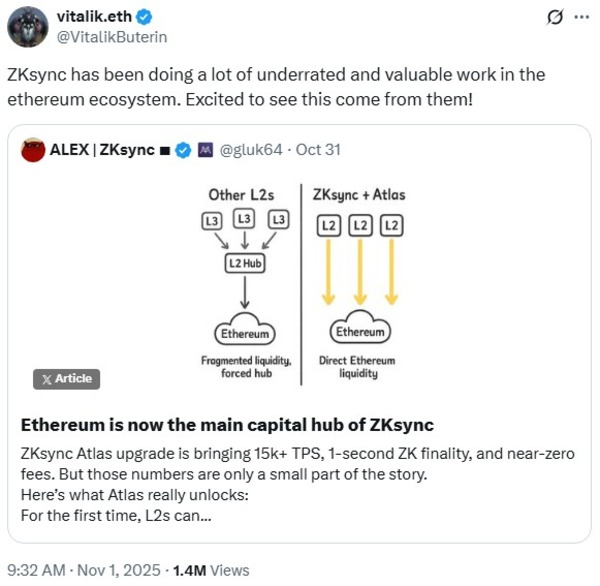Privacy tokens bucked the trend to surge in price and popularity during the recent market slump, but most of the discussion has centered on consumer-facing projects like Zcash.
At the same time, banks and financial institutions have been exploring zero-knowledge (ZK) systems that enable private transaction flows on blockchains, a technology known for transparency and immutability.
As Alex Gluchowski, CEO of Matter Labs, put it, “There is cypherpunk privacy, which is account-level privacy, and then there is institutional privacy, which is system-level privacy. Institutions need full visibility over their own flows while keeping that data private from everyone else.”
Gluchowski first encountered Bitcoin in 2014 while working in the startup world but shifted his focus during the initial coin offering era when Ethereum’s smart contracts enabled new use cases. The scalability problem, and ZK-proofs in particular, drew him into building Matter Labs, the developer behind the Ethereum layer-2 network ZKsync.
More than 140 companies held around $137 billion in crypto assets on their balance sheets as of early November, according to CoinGecko. But the next stage, where financial institutions move payment or settlement flows onto public blockchains, will only happen with a reliable privacy layer due to confidentiality obligations, Gluchowski told Cointelegraph.
Consumer growth has stalled, but privacy opens the door for institutions
Crypto bull cycles in recent years highlighted long stretches of speculation, dominated by trends that have little connection to real-world utility.
“We have had a weird obsession with non-productive assets for a long time in crypto, and it was clearly not sustainable,” Gluchowski said, adding that the consumer side of crypto’s growth has hit a plateau.
Memecoins are a good example — those are pure speculative chips in a casino. They have zero substance behind them other than just this cultural component.”

Privacy stands apart from that pattern because it has a direct functional role in how financial systems operate. It wasn’t fully explored in earlier cycles due to regulatory pressure; privacy coins were delisted from exchanges, and the US government sanctioned Tornado Cash.
But that sentiment has been reversed since the current US administration has taken a more selective approach, distinguishing privacy as a technical capability from uses tied to illicit finance.

“It’s night and day. No one wanted to touch crypto before — it was a taboo topic. Now the attitude is more like, ‘We need to embrace this technology, or we’re going to be outcompeted,’” Gluchowski said.
The renewed attention to Zcash (ZEC) is the most visible part, but the more consequential driver comes from institutional requirements, he said. Banks, asset managers and corporates cannot settle transactions on transparent public ledgers without exposing internal flows, counterparty details or treasury operations on a public ledger.
Related: Why Zcash and privacy tokens are back in the conversation
That’s the dynamic behind the new focus on privacy inside the Ethereum ecosystem, according to Gluchowski. It is being framed as system-level requirements that let institutions transact on shared infrastructure while retaining full internal visibility and control.
Resolving privacy trade-offs in the Ethereum ecosystem
The privacy that institutions require is not the same model used by consumers. Instead of obscuring individual addresses, banks and corporations need a private execution environment where they can see every transaction under their control, while the outside world sees none of it.
If sensitive payment data must be shared with external validators or third-party infrastructure, privacy becomes a contractual arrangement rather than a cryptographic guarantee.
“You only get incorruptible privacy if the data never leaves devices under your control,” Gluchowski said. “If you share it with someone else and sign an NDA, this is not incorruptible anymore. It’s just a promise.”
Related: How TradFi banks are advancing new stablecoin models
Earlier enterprise blockchain experiments ran into exactly this problem. Financial institutions deployed private chains using frameworks such as Hyperledger Fabric or Corda to keep data internal, but those networks remained cut off from the broader liquidity and settlement infrastructure forming around public blockchains.
“If you build a completely private chain, it’s not going to be connected to anything,” Gluchowski said. “It’s a slightly better version of a database, but it does not give you connectivity to public capital markets.”
He claimed that the model now taking shape in the Ethereum ecosystem attempts to resolve that trade-off. It pairs locally operated private chains with ZK-proofs, allowing institutions to keep transaction data internal while still proving to the public network that the system is operating correctly. The public chain does not see the specifics of a transaction, but it can verify that no rules are being broken.

The institutional privacy layer is starting to materialize
Data from Nansen in early November showed ZKsync leading the industry in fee growth over a seven-day period. Gluchowski attributed the increase not to retail speculation but to activity following the release of new tokenomics and staking proposals.
“We published the proposal for the new tokenomics for the ZK token, and after that, we saw a surge of interest,” Gluchowski said. “The token price went up, the volumes went up, and there was a lot of movement on ZKsync Era. We also announced the pilot staking implementation around the same time, and a lot of people are now exploring it.”

Consumer-facing crypto use cases continue to expand, but Gluchowski argued that the next wave of scale sits with institutions that cannot operate on transparent ledgers. Privacy is emerging as an operational requirement for participating in shared settlement infrastructure.
ZKsync is now positioned as a network of chains rather than a single rollup, including systems operated by financial firms in controlled environments.
Some are already running in testing, and Gluchowski said the first production deployments are expected before the end of the year.
Magazine: Grokipedia: ‘Far right talking points’ or much-needed antidote to Wikipedia?



